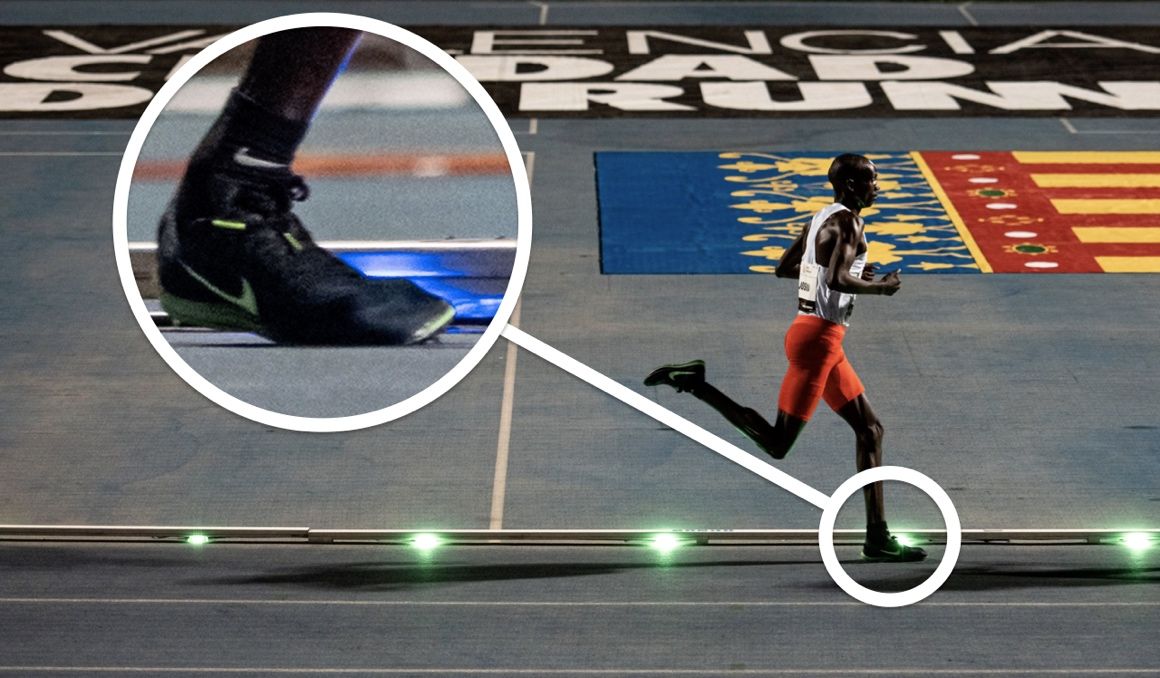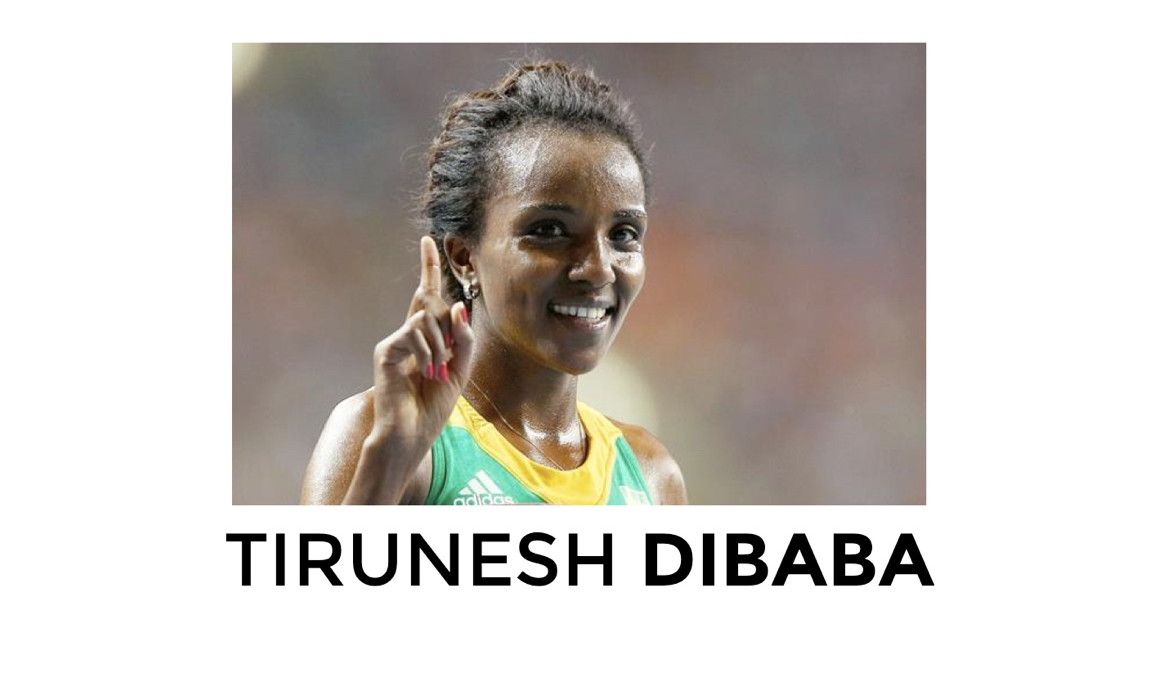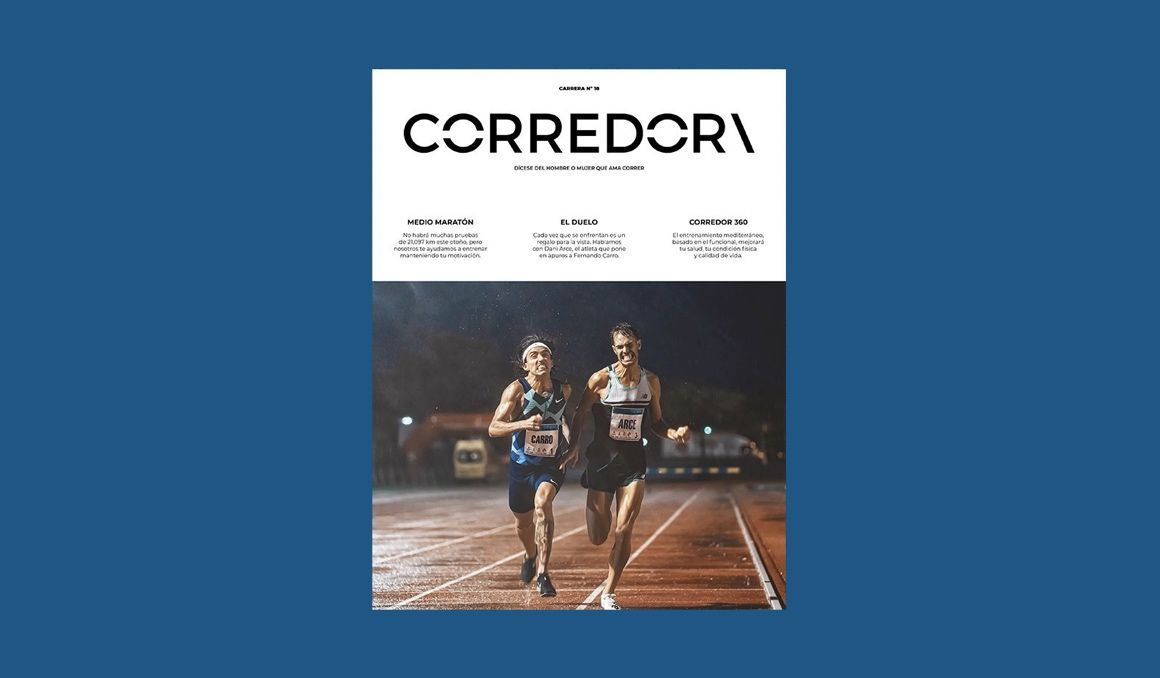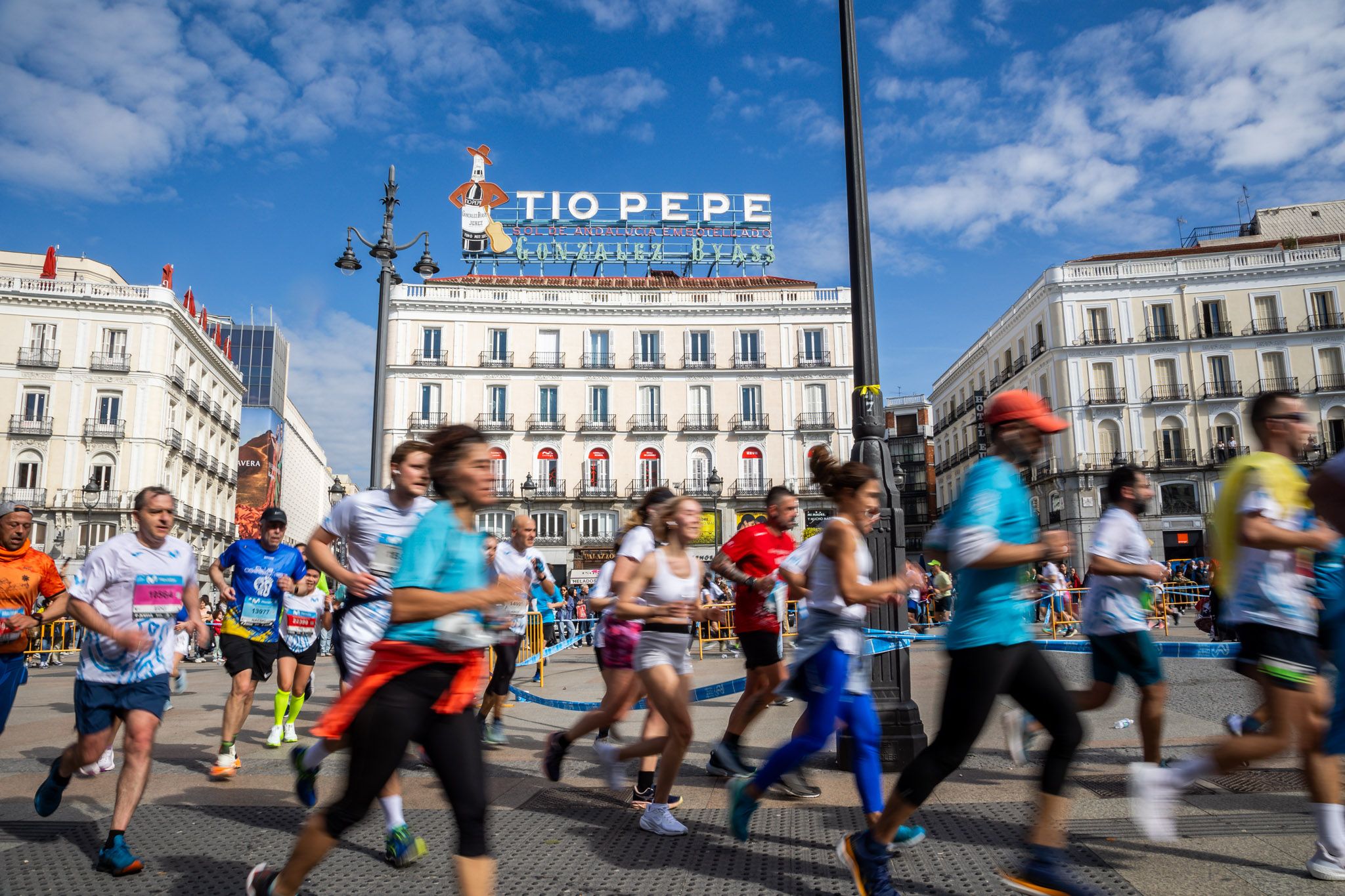It was a perfect night. Three well synchronized high-level pacemakers, a lamp-based pacing system that set the pace of the record, optimal track at sea level, favourable weather and of course an athlete with a great talent and in his best shape. Only one detail failed that could spoil the record party. We are going to address this detail and at the end of the article you will understand why I have proofs to think that Joshua Cheptegei could run below 26 minutes in 10,000m.
An asymmetry of movement that could prevent the world record
During the television broadcast I noticed a detail that was clearly a factor against the world record: the right foot stance phase did not follow the same pattern as the left foot. I observed that there was an evident lack of symmetry of movement that went against all the biomechanical principles for obtaining maximum sports performance and preventing injuries.
When the cameras focused on the feet of the athletes in the frontal plane, a pronounced pronation was observed in the stance phase of the left foot unlike the strike pattern of the right leg. If we consider that the running cadence was around 185-190 steps per minute, this means approximately 5,000 ground contacts. So, the left foot impacted against the track approximately 2,500 times as badly as can be seen in this image taken from the broadcasting of the event.
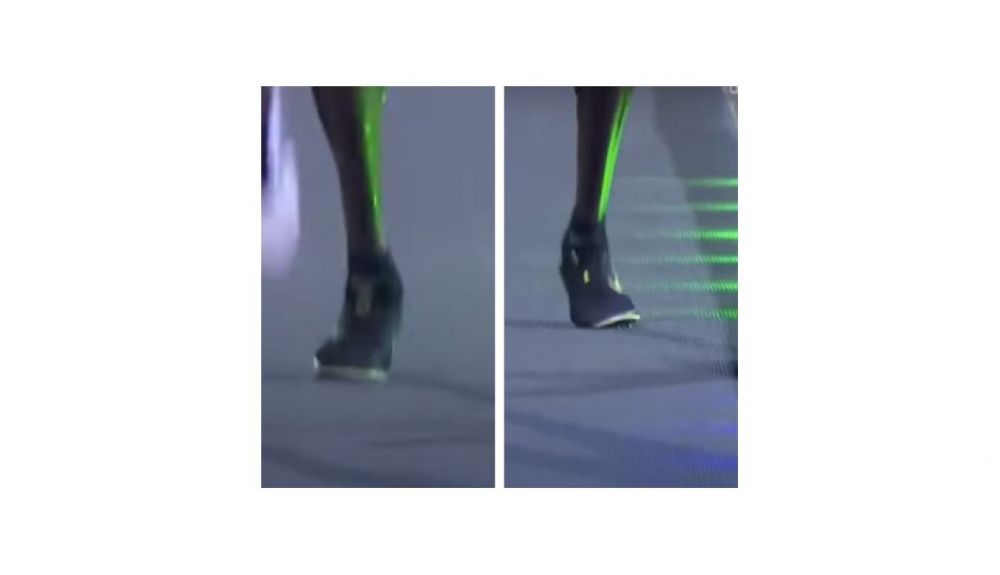
Obvious differences between the third pacemaker and Cheptegei
It is curious to compare the foot strike pattern of both the third and last pacemaker and Joshua’s. The symmetry of movements performed by the pacemaker (white shoes) can be observed, while the abovementioned pronounced left foot pronation of Cheptegei (black shoes) is evident.
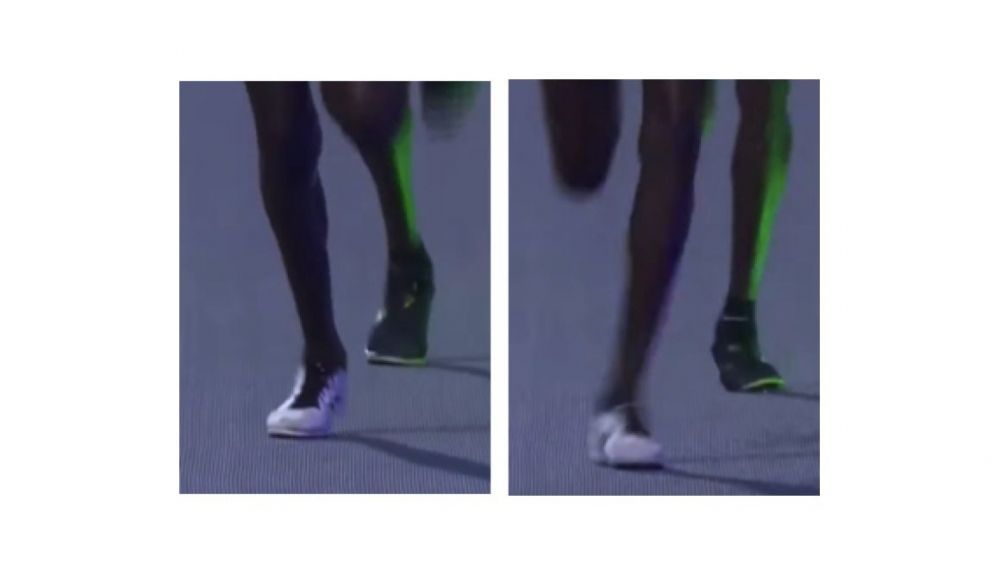
Cheptegei, an athlete that tends to pronate
Cheptegei is an athlete that pronates especially with his left foot as you can see in the screenshot of the finish line. When an athlete pronates, the foot seems to bend outwards, with the result that the inside of the ankle falls to the ground. There is much debate in the scientific literature as to whether or not excessive pronation is a mechanism of injury. However, in this article we are not going to look at injuries, since the 10,000 metres world record attempt focus was on improving the greatest sports performance in history.
Consequences for sports performance of excessive pronation
If we advance in this analysis, we must define what biomechanical consequences this pronounced pronation of the left foot can have. A 2019 study published in the journal The Foot discussed about pronation and literally highlights “a joint moving excessively is a sign that the metabolic efficiency of the motion will be less than optimal”. To this we must add that the movements and inertia in the frontal plane will increase and generate forces that do not contribute to the advance of the athlete. Eventually all this will cause a loss of sport performance.
How could it have been avoided?
The next question is: how could this have been avoided? With the data provided by the images the solution is very simple. Cheptegei should have run with shorter spikes below the little and ring toe of the left foot so as not to accentuate his pronounced foot pronation. Those of us who come from track and field know that sometimes the spikes are worn-out or are too long and therefore do not stick well in the tartan.
With all due respect and caution, I think it was a very serious mistake by Cheptegei's technical team, which would have been avoided with a simple biomechanical analysis. Some strategy should have been drawn up to correct this small technical defect. In high performance everything counts and with an improvement of less than 1% in performance Joshua would have run below 26 minutes.
Fortunately, Joshua's talent is unprecedented and despite all the above he was able to break one of the most mythical world records in the history of athletics.
Author:
- Dr. Javier Gamez-Paya
- @JavierGamezPaya
- Professor at the Universidad Europea.

